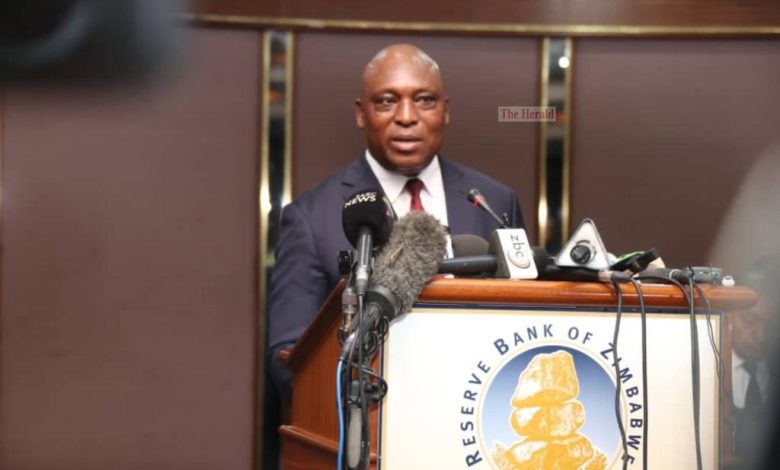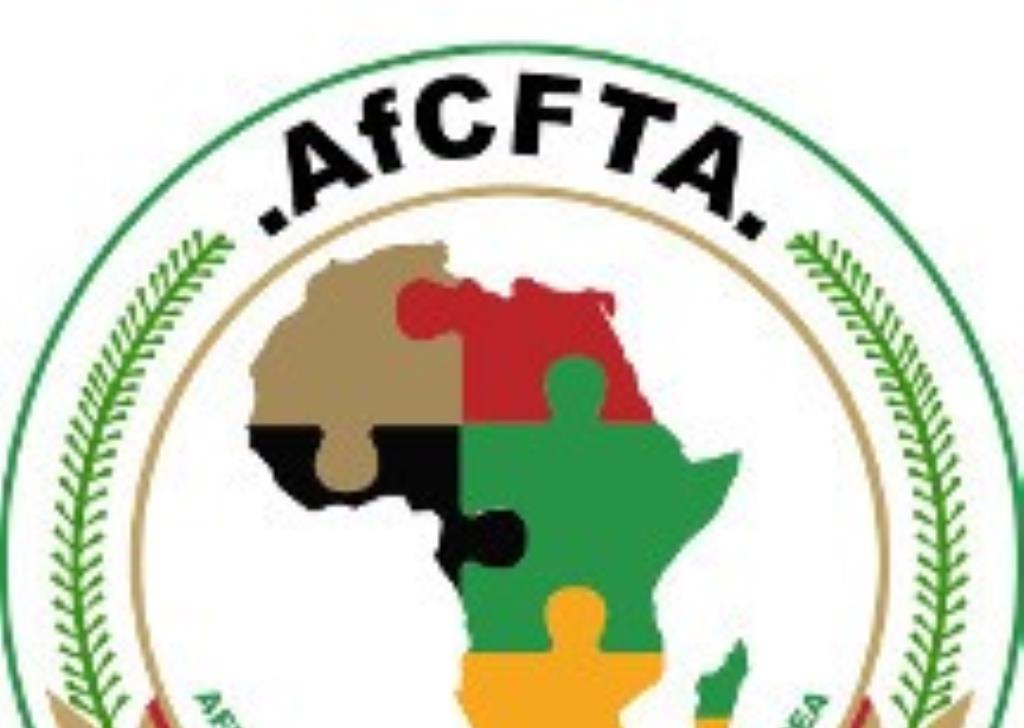Zimbabweans must tap into AfCFTA opportunities
The African Continental Free Trade Area (AfCFTA) presents many opportunities to Zimbabweans, particularly young entrepreneurs, whose start-ups can secure funding from development finance institutions in the free trade protocols contained in the AfCFTA document to which Zimbabwe is a signatory.
The AfCFTA agreement will come into effect on January 1, 2021.
What is AfCFTA?
The African Continental Free Trade Area (AfCFTA), is a free trade area created through the African Continental Free Trade Agreement among the 55 countries that make up the African Union (AU).
When was the concept born?
The realisation that African trade fared lower, at less than three percent as compared to global trade, led to the mooting of a free trade area for African countries to enable them to unlock value in their natural resources, which dominate the continent’s exports.
At the 18th Ordinary Session of the Assembly of Heads of State and Government of the African Union in Addis Ababa, Ethiopia in January 2012, a resolution to establish a Continental Free Trade Area was adopted. This was a follow-up on the Treaty establishing the African Economic Community signed in 1991. It was initially agreed that the agreement would be implemented by 2017.
The agreement to establish the AfCFTA was signed by 44 countries in March 2018 in Kigali, Rwanda. It came into effect on May 30, 2019 encompassing the 24 countries that had by then ratified the agreement and informed the African Union Commission (AUC) Chairperson, the designated depository in terms of Article 23 of the Agreement.
To date, 34 countries have signed and approved ratification of the legal instruments on the AfCFTA agreement, and Zimbabwe is among them.
As stipulated under Article 5 of the AfCFTA, AU member states will drive the Agreement, with Regional Economic Communities’ (RECs) Free Trade Areas (FTAs), like SADC and the Economic Community of West African States (ECOWAS), serving as building blocks.
Who will benefit?
All the 55 African countries will gain from their superiority of numbers, and a combined market of more than 1,2 billion people, inclusive of a growing middle class.
Also, African states will leverage on their pooled gross domestic product (GDP) of more than US$3,4 trillion, which makes the AfCFTA the globe’s largest free trade area since the World Trade Organisation was formed.
Africa will be able to trade more within its borders, by eliminating tariffs on intra-African trade, rather than rely more on third parties, which increases the continent’s balance of payments.
How will Zimbabwe gain then?
Zimbabwe is a resource-rich landlocked African country, both in terms of natural resources and human capital, with a population of around 15 million.
Hence, the AfCFTA’s objectives that pivot on the strength of numbers and a combined GDP of US$3,4 trillion cannot be overemphasised, particularly when read against the country’s national vision of attaining an upper middle class economy by 2030.
Among other objectives, the Agreement seeks to create a free market for goods and services through win-win outcomes, foster the movement of capital and people as well as facilitate investment, lay the basis for the formation of a Continental Customs Union, and enhance competitiveness.
In addition, Zimbabwe will also benefit through the Agreement’s promotion of industrial expansion through diversification and regional value chain growth.
All this will see the country’s key contributors to its GDP, agriculture and mining, grow and thus opening up spaces for young people, women and other vulnerable groups, and ensure food self-sustenance and security.
Through access to markets, capital, information, education and employment opportunities, young people will derive dividends from being a part of a larger block.
For example, Zimbabwe already has other agreements within SADC, but these can be skewed by asymmetric trade, as is the case with South Africa, which will be addressed through provisions in the AfCFTA Agreement.
Beyond sharing geographical proximity, Zimbabwe and South Africa are top trading partners.
While Zimbabwe has been a net importer for most of its independent existence, it became a net exporter in the last few months of 2018 as the economic reforms emphasising production over consumption started changing the balance, and since then has managed to export more than it imports, one f the two major factors, along with the balanced budgeting, that has stabilised the foreign exchange rates.
A trade agreement stimulates and encourages trade between countries or group of countries who are signatories, by giving one another preferential treatment in the reduction or removal of customs duties.
This has the effect of lowering prices and allowing products to become competitive in the importing markets.
Zimbabwe has preferential Bilateral Trade Agreements with Botswana, Malawi, Namibia and Mozambique. Qualifying products enter the territory of one country without the payment of customs duty.
The country is also a member of four Regional Trade Agreements: the Southern African Development Community (SADC) Trade Protocol, and the Common Market for Eastern and Southern Africa (COMESA) Free Trade Area; COMESA-EAC-SADC Tripartite Free Trade Area; and now the Africa Continental Free Trade Area (AfCFTA).
Qualifying products enter the territory of signatory Member States without payment of customs duty.
Ratified in 1988, the Zimbabwe-Botswana Bilateral Trade Agreement allows for mutual duty free trade on all products grown, wholly produced, or manufactured entirely or partly from imported inputs subject to a 25 percent local content requirement.
Instigated in 1995, the Zimbabwe-Malawi Bilateral Trade Agreement aims at facilitating economic activities between the two countries and contributing towards economic expansion.
The agreement provides for duty free items with at least 25 percent local content from signatories.
Malawi informed of its sensitive list of products, namely; granulated sugar, table eggs, dressed chickens, fresh milk and cooking oil.
In January 2004, Zimbabwe signed a Bilateral Trade Agreement with Mozambique, which came into effect in March 2005.
The objective of the agreement is to eliminate tariff and non-tariff barriers, and to cooperate in customs and trade promotion.
It provides for duty free trade between the two parties with rules of origin stipulating a 25 percent domestic value addition.
Refined and unrefined sugar, Coca-Cola/Schweppes’ soft drinks, firearms, ammunition and explosives, motor vehicles and cigarettes are excluded from the agreement.
The Zimbabwe-Namibia Bilateral Trade Agreement, came into effect in 1992.
It is a give-and-take agreement subject to rules of origin requiring at least 25 percent local content for manufactured goods, and that the two members should, as exporters, be the last port of significant manufacturing.
If Zimbabwe can benefit from its trade agreements within SADC, as West African countries are benefiting through ECOWAS, the AfCFTA Agreement will go a long way in positioning the nation state for the juggernaut in its push for an upper middle class status by the year 2030.
Zimbabweans and other African entrepreneurs in technology and logistics, among other sectors, are invited to apply for funding in the AfCFTA Vision Challenge, which gives them opportunities for funding, markets and other benefits contained in the Agreement.
-heral.cl.zw











